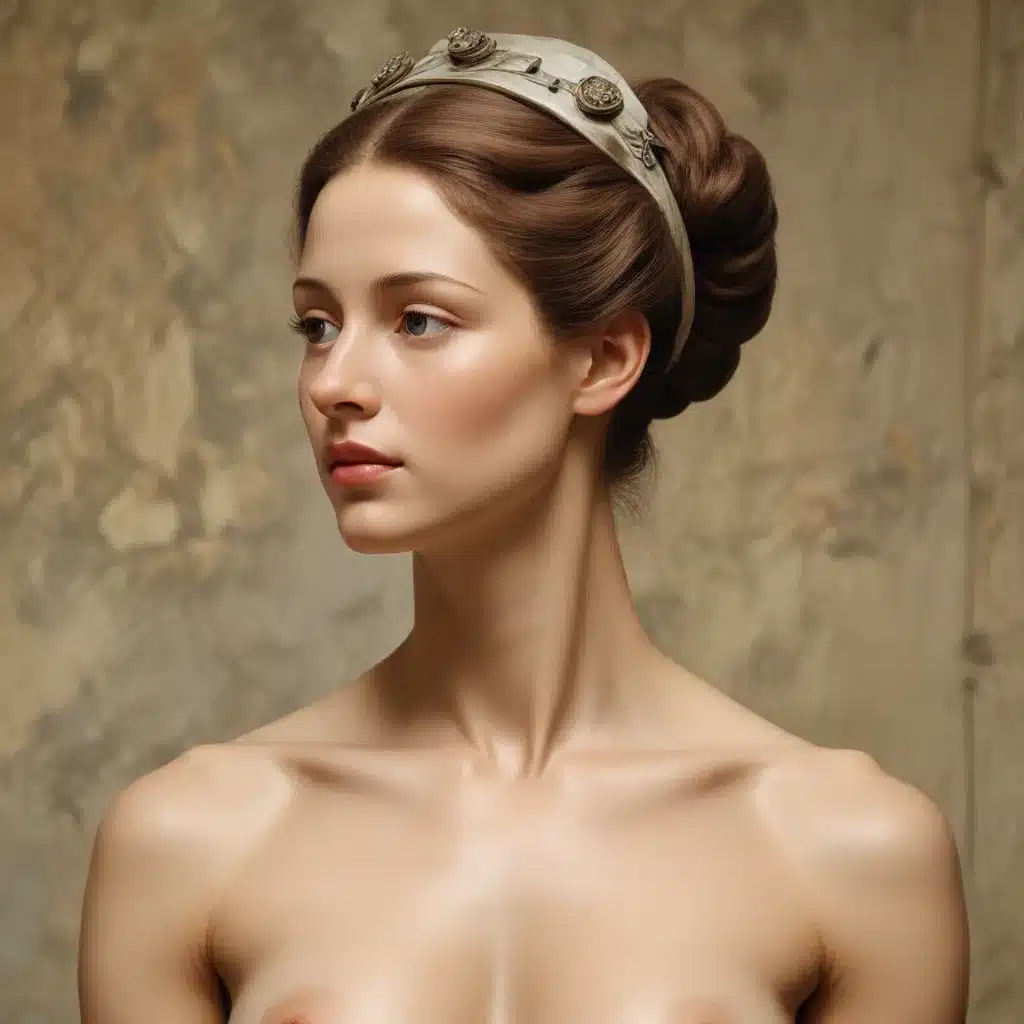
Exploring the Intersections of Visual Culture and Critical Medical Humanities
In the ever-evolving landscape of education, the intersection of art history and medical humanities has emerged as a dynamic and thought-provoking area of study. As an experienced educational writer, I’m excited to delve into this topic and share insights that can enrich the experiences of both pupils and parents at Stanley Park High School.
The medical humanities, as a field, have traditionally drawn heavily from disciplines such as literature, philosophy, and history. However, in recent years, there has been a growing recognition of the vital role that visual culture can play in this interdisciplinary endeavor. Art history, with its unique methods of critical analysis and its deep engagement with the visual world, offers a wealth of perspectives that can enhance our understanding of health, illness, and the human experience.
Mapping the Emergence of Visual Medical Humanities
A survey of medical and health humanities handbooks and readers published over the past decade reveals that the engagement with art and visual culture has often been limited to the contexts of therapy, clinical pedagogy, and medical history. (1) While these areas are undoubtedly important, there is a wealth of art historical scholarship that can further enrich the field of medical humanities.
One of the key developments in this area has been the growing body of research that explores the intersections of art, medicine, and medical history. (2) Art historians have long documented the cross-fertilizations between these disciplines, often with a particular focus on the visual dynamics of the patient-doctor relationship and the spectacle of the anatomy theater. (3) This work has shed light on the close proximity of art and medicine, as well as the ways in which medical representations can be understood as “incarnations of medical skills and medical knowledge.” (4)
However, as scholars have noted, much of this art historical research has tended to presume, rather than explicitly articulate, its relationship to medical humanities. (1) This presents an opportunity for art historians to more clearly communicate the valuable contributions their discipline can make to the wider debates and agendas of critical medical humanities.
Expanding the Boundaries of Medical Humanities
Beyond the historical intersections of art and medicine, contemporary art practices have also begun to mobilize health-related experiences, forms of care, and practical activism in ways that resonate deeply with the intellectual, ethical, and aesthetic values of the medical humanities. (5)
For example, artists such as Carolyn Lazard and Jesse Darling have used their creative practices to “depersonalize” the experience of illness, reframing it as a symptom or metaphor of collective crisis rather than an individual experience. (6) By doing so, they challenge the prevailing narratives of illness and recovery that have often dominated the medical humanities, and instead offer new ways of thinking about the social, cultural, and political contexts of health and wellbeing.
Similarly, the work of artist collectives like the Canaries, a network for women and gender non-conforming people living with autoimmune conditions and other chronic illnesses, demonstrates how contemporary art can serve as a platform for the exchange of knowledge, the development of practical strategies for inclusion, and the fostering of community-based care. (7)
These examples suggest that medical humanities has much to gain from a critical engagement with contemporary art practices, which often challenge the assumptions and boundaries of the field in productive and provocative ways.
Redefining the Field: Art History-Led Medical Humanities Projects
In addition to the insights offered by individual artists and art practitioners, there are also a number of art history-led projects that are actively redefining the field of medical humanities and promoting new models for collaborative “entanglement” across disciplines.
One such project is Art Hx: Visual and Medical Legacies of British Colonialism, which explores the intersections of art, medicine, and race in the context of the British Empire. Led by art historian Anna Arabindan-Kesson, the project uses digital platforms to bring together a diverse range of perspectives, including those of contemporary artists and early-career academics, to critically examine the visual cultures of colonial medicine.
Another example is Visualizing the Virus, an award-winning digital humanities project founded and led by art historian and environmental humanities scholar Sria Chatterjee. Focusing on the visual practices that have made viruses visible, the project explores how the COVID-19 pandemic has brought other pressing issues, such as health inequalities and xenophobia, to the fore.
Finally, the Confabulations: Art History, Art Practice, Critical Medical Humanities project, led by art historians Suzannah Biernoff and Fiona Johnstone, exemplifies the value of art-led methods for medical humanities research. Through a series of online seminars and a forthcoming edited volume, Confabulations has brought together artists and academics to explore a wide range of themes, from gendered experiences of healthcare to the embodied dynamics of horizontality.
Towards a Visually Engaged Medical Humanities
The examples highlighted in this article suggest that a more visually engaged medical humanities is not only possible but necessary. By attending to the critical complexities of art and visual culture, scholars and practitioners in the medical humanities can enrich existing debates, challenge prevailing assumptions, and foster new modes of interdisciplinary collaboration.
For pupils and parents at Stanley Park High School, this expanded engagement with visual culture can offer valuable insights into the ways in which health, illness, and the human experience are represented, understood, and contested. Whether through exploring historical medical imagery, engaging with contemporary art practices, or delving into the digital projects that are redefining the field, the intersections of art history and medical humanities can provide a rich and multifaceted perspective on the pressing issues facing our society.
As an educational writer, I’m excited to see how these developments will continue to shape the field of medical humanities, and I look forward to sharing more of these insights with the Stanley Park High School community in the future.

